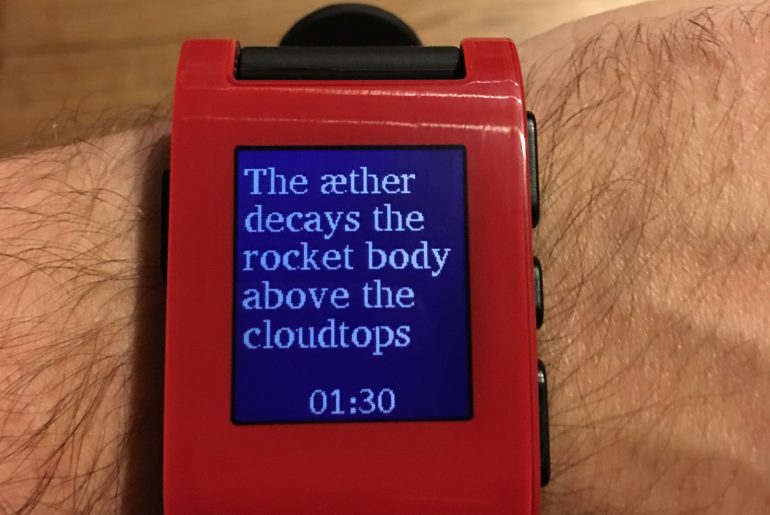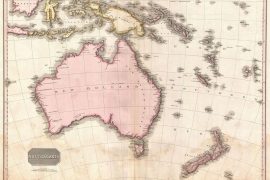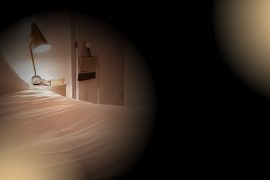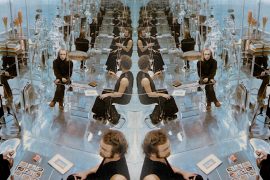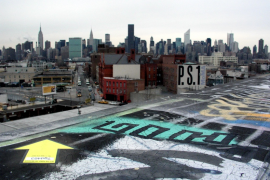This summer, many of the ambient literature team travelled to conferences and seminars to share our initial findings and to find out what researchers, writers and artists in similar fields to us have been working on. In July, I travelled to Porto for the Electronic Literature Organization conference and among the panels, keynotes, performances and exhibitions I was able to develop my own thinking around ambient literature. In particular, I learned about two interesting, and very different, projects that both explore the relationship between people and place and bring a reader’s attention to the spaces in between.
I learned about the work of Xiaosu Guan from State University New York Buffalo, USA, and her project, Not There There. Using augmented reality video layers, this installation examines the relationship between people and place through storytelling. Upon entering a bedroom, in an ordinary apartment, participants are given one of three iPads and are invited to explore the room as an immersive exhibition space. They are prompted to ask themselves “What happened here?” and, through their exploration of the space using technology as a tool, a story begins to unfold.
During the immersive experience, multi-perspective narratives are triggered by augmented reality applications as the participant, or reader, uncovers the story of the fictional character who lives there. They scan the room using one of the three iPads, each revealing the room from a different character’s perspective; an anonymous woman who lives in the apartment, Matt, who visits the apartment and Roger, who the woman loves but who has never visited her in her home. This is a private story told within a, now, public space. Objects within the apartment can be scanned, which triggers video clips of flashbacks and monologues from each character and these overlap to build a story. Memories and encounters are revealed and the space can be “read” by the participant as a form of narrative. Guan acknowledges that the experience makes use of multiple senses and the designed so the story can be “felt” and not just “experienced.” A reader reads the context of the room in a similar way to reading a text and the narrative can be found in the space between the physical location and this reader.
Ambient materials can be reworked to reveal stories and, in his project, On your wrist is the universe, Nicholas Knouf, a media scholar and artist from Wellesley College, USA, is using this idea to develop ambient poetry for smart watches. Repurposing the pebble smart watch, he has developed a series of generative poems that re-work information and data about satellites, rocket bodies, planets and stars. These poems fall into three categories and each make use of different ambient materials. Satellite Poems generates poems using information about the satellites positioned overhead. Constellation Poems uses 19th century star atlases to create descriptions for constellations and Every moment again considers how our temporal existence on earth is related to light from distant stars.
Knouf’s project encourages the reader to make connections between their own body and the celestial bodies above them and, at the same time, it plays with the scale and scope of time. The poems appear and disappear, in the time it takes you to glance at them on your wrist, the journeys of satellites and stars are used and the project experiments with obsolete technology to reveal stories.
It was fantastic to find projects that explored similar terrain to the ambient literature project and researchers who were interested in examining connections between reader, place and technology. From the domestic space of a private apartment to the worlds above us, there are stories in the in-between spaces waiting to be discovered.


